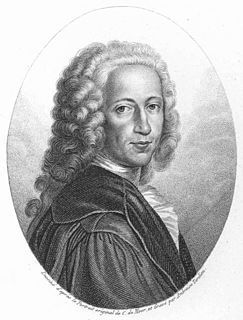 W
WBernhard Siegfried Albinus was a German-born Dutch anatomist.
 W
WCornelius Ubbo Ariëns Kappers was a Dutch neurologist and anatomist.
 W
WGovert Bidloo or Govard Bidloo was a Dutch Golden Age physician, anatomist, poet and playwright. He was the personal physician of William III of Orange-Nassau, Dutch stadholder and King of England, Scotland and Ireland.
 W
WGerard "Gerrit" Leendertszoon Blasius (1627–1682) was a Dutch physician and anatomist. He was born in Amsterdam and was the eldest son of Leonard Blasius, who had worked as an architect in Copenhagen. Gerard started his studies there, but the family moved to Leiden, after his father died. Around 1655 he became a physician in Amsterdam. In October 1659 Blasius was appointed at the Athenaeum Illustre but without being paid. In the next year he became the first Amsterdam professor in medicine. At his home or in the hospital corpses were dissected. In 1661 he claimed the discovery of Stensen's duct by his pupil Nicolas Stensen.Blasius had married Cornelia van Ottinga in 1653. His younger brother was the poet Joan Blasius
 W
WHerman Boerhaave was a Dutch botanist, chemist, Christian humanist, and physician of European fame. He is regarded as the founder of clinical teaching and of the modern academic hospital and is sometimes referred to as "the father of physiology," along with Venetian physician Santorio Santorio (1561–1636). Boerhaave introduced the quantitative approach into medicine, along with his pupil Albrecht von Haller (1708–1777) and is best known for demonstrating the relation of symptoms to lesions. He was the first to isolate the chemical urea from urine. He was the first physician to put thermometer measurements to clinical practice. His motto was Simplex sigillum veri: 'Simplicity is the sign of the truth'. He is often hailed as the "Dutch Hippocrates".
 W
WLodewijk 'Louis' Bolk was a Dutch anatomist who created the fetalization theory about the human body. It states that when a human being is born, it is still a fetus, as can be seen if one pays attention to its (proportionally) big head, to its uncoordinated motility or to its absolute helplessness, for instance. Furthermore, this "prematuration" is specifically human.
 W
WHerman Maximilien de Burlet, was a Dutch anatomist, embryologist, physiologist and pathologist.
 W
WPetrus Camper FRS, was a Dutch physician, anatomist, physiologist, midwife, zoologist, anthropologist, palaeontologist and a naturalist in the Age of Enlightenment. He was one of the first to take an interest in comparative anatomy, palaeontology, and the facial angle. He was among the first to mark out an "anthropology," which he distinguished from natural history. He studied the orangutan, the javan rhinoceros, and the skull of a mosasaur, which he believed was a whale. Camper was a celebrity in Europe and became a member of the Royal Society (1750), the Göttingen (1779), and Russian Academy of Sciences (1778), the Royal Society of Edinburgh (1783), the French (1786) and the Prussian Academy of Sciences (1788). He designed and constructed tools for his patients, and for surgeries. He was amateur-drawer, a sculptor, a patron of art and a conservative, royalist politician. Camper published some lectures containing an account of his craniometrical methods. These laid the foundation of all subsequent work.
 W
WVolcher Coiter was a Dutch anatomist who established the study of comparative osteology and first described cerebrospinal meningitis.
 W
WIsbrand van Diemerbroeck was a Dutch physician, anatomist, and professor.
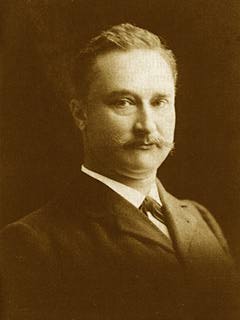 W
WMarie Eugène François Thomas Dubois was a Dutch paleoanthropologist and geologist. He earned worldwide fame for his discovery of Pithecanthropus erectus, or "Java Man". Although hominid fossils had been found and studied before, Dubois was the first anthropologist to embark upon a purposeful search for them.
 W
WRegnier de Graaf, original Dutch spelling Reinier de Graaf, or Latinized Reijnerus de Graeff was a Dutch physician and anatomist who made key discoveries in reproductive biology. His first name is often spelled Reinier or Reynier.
 W
WOtto Heurnius was a Dutch physician, theologian and philosopher.
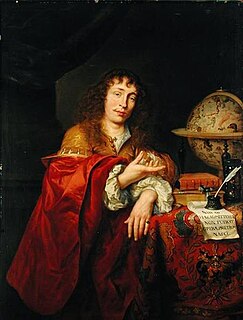 W
WTheodor Kerckring or Dirk Kerckring was a Dutch anatomist and chemical physician.
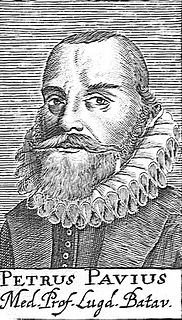 W
WPieter Pauw, was a Dutch botanist and anatomist. He was a student of Hieronymus Fabricius. He was the first Anatomy Professor at University of Leiden.
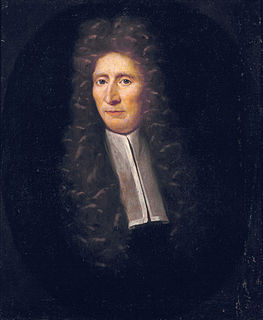 W
WFrederik Ruysch was a Dutch botanist and anatomist. He is known for developing techniques for preserving anatomical specimens, which he used to create dioramas or scenes incorporating human parts. His anatomical preparations included over 2,000 anatomical, pathological, zoological, and botanical specimens, which were preserved by either drying or embalming. Ruysch is also known for his proof of valves in the lymphatic system, the vomeronasal organ in snakes, and arteria centralis oculi. He was the first to describe the disease that is today known as Hirschsprung's disease, as well as several pathological conditions, including intracranial teratoma, enchondromatosis, and Majewski syndrome.
 W
WEduard Sandifort was a Dutch physician and anatomist. He received his medical doctorate degree (Ph.D.) from Leiden University in 1763, and worked as a general practitioner in The Hague. He was fluent in Dutch, German, Swedish, and Italian. He became a professor of anatomy and surgery in 1771 at Leiden University. His most important writings are Observationes Anatomico-pathologicæ (1778), Excercitationes anatomicoacademicæ (1783–85), and the Museum Anatomicum Academiae Lugduno-Batavæ (1789–93), which was finished by his son, Gerard Sandifort (1779–1848). Sandifort translated Nils Rosén von Rosenstein's Underrättelser om barn-sjukdomar och deras botemedel to Dutch in 1768. Sandifort was elected in 1768 as a foreign member of the Swedish Royal Academy of Sciences in Stockholm. In 1779 he was the first to document a case of carpal coalition.
 W
WJacobus Ludovicus Conradus Schroeder van der Kolk was a Dutch anatomist and physiologist and an influential researcher into the causes of epilepsy and mental illness.
 W
WGerard van Swieten was a Dutch physician who from 1745 was the personal physician of the Holy Roman Empress Maria Theresa and transformed the Austrian health service and medical university education. He was the father of Gottfried van Swieten, patron of Haydn, Mozart and Beethoven.
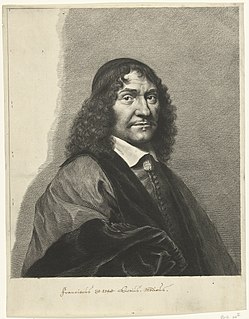 W
WFranciscus Sylvius, born Franz de le Boë, was a Dutch physician and scientist who was an early champion of Descartes', Van Helmont's and William Harvey's work and theories. He was one of the earliest defenders of the theory of circulation of the blood in the Netherlands, and commonly falsely cited as the inventor of gin – others pin point the origin of gin to Italy.
 W
WNicolaes Tulp was a Dutch surgeon and mayor of Amsterdam. Tulp was well known for his upstanding moral character and as the subject of Rembrandt's famous painting The Anatomy Lesson of Dr Nicolaes Tulp.
 W
WAelius Everhardus Vorstius was a Dutch physician, botanist and university professor at Leyden University from 1598 to 1624.
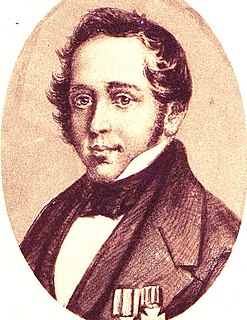 W
WWillem Vrolik was a Dutch anatomist and pathologist who was a native of Amsterdam. He was a pioneer in the field of vertebrate teratology.
 W
WKarel Frederik Wenckebach was a Dutch anatomist who was a native of the Hague.
 W
WTiberius Cornelis Winkler was a Dutch anatomist, zoologist and natural historian, and the second curator of geology, paleontology and mineralogy at Teylers Museum in Haarlem. Besides translating the first edition of Charles Darwin's Origin of Species (1860), he wrote a great number of works popularising science, particularly the life sciences.